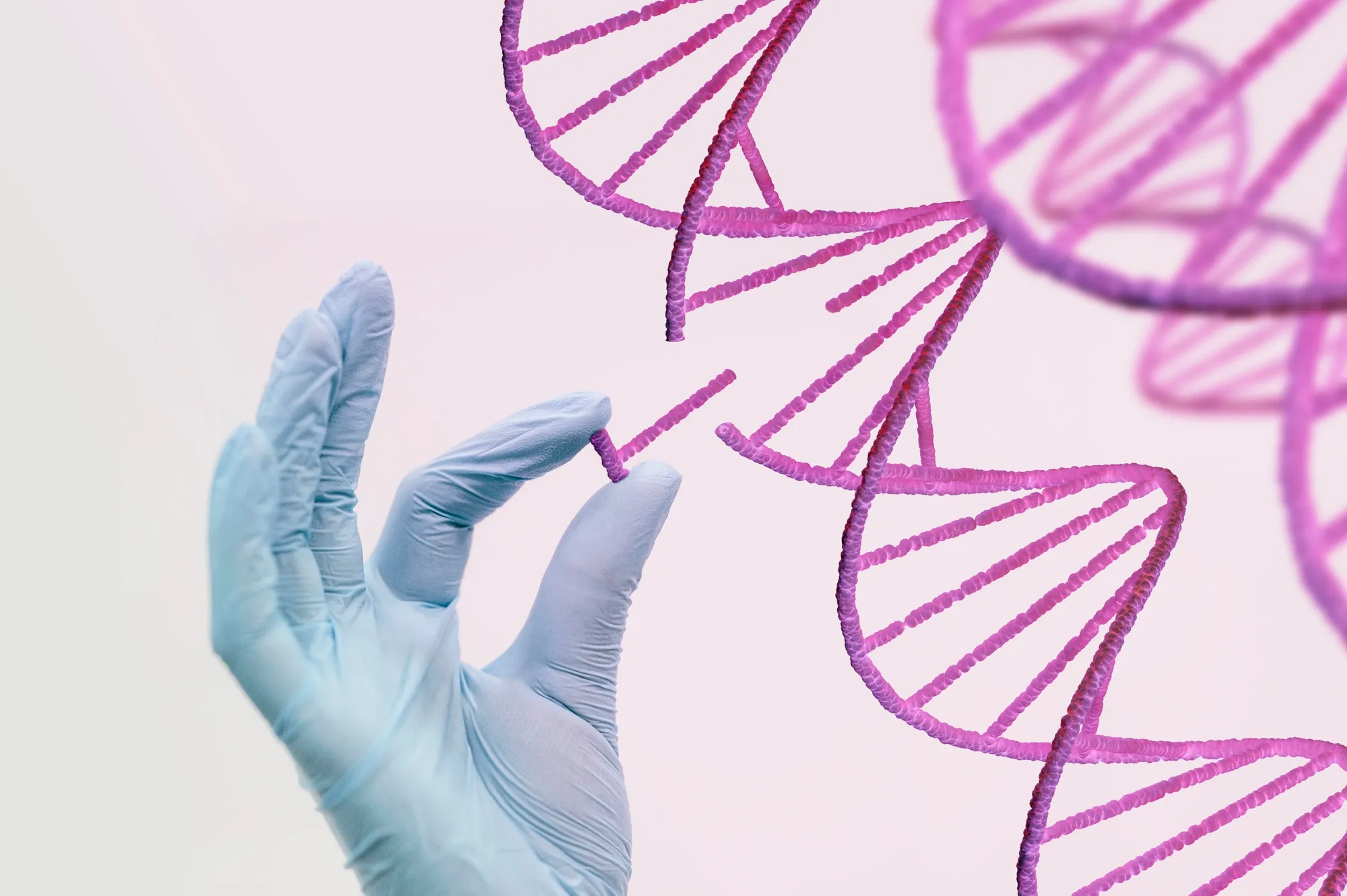An in-depth understanding of the clinical manifestations within congenital myopathies (CM) has become increasingly crucial as advancements in genetic technology continue to reveal the complex landscape of these disorders. In an enlightening article published in Seminars in Pediatric Neurology, researchers Gonorazky et al. dissect the intricate clinical presentations and the growing genetic intricacies within the diverse spectrum of congenital myopathies. Here, we elaborate upon their findings and discuss the importance of rigorous clinical evaluation to drive precise genomic interpretation and enhance patient care.
Congenital myopathies, characterized by muscle weakness from birth, encompass a multitude of disorders with varying degrees of severity, and a broad gamut of histopathological and clinical characteristics. Historically, the diagnosis was based predominantly on musculoskeletal symptoms and the identification of distinct structural abnormalities through muscle biopsies. The modern era of genetic sequencing, particularly with the advent of next-generation sequencing (NGS), has catapulted the understanding of CM into a new dimension, presenting both challenges and opportunities for clinicians and geneticists.
The recognition that no clear demarcation exists between the categories of congenital myopathies has largely been driven by an increased detection of genetic overlap. Mutations previously attributed to specific CM subtypes are now being identified in patients presenting with alternative phenotypic signatures. This newfound understanding of genetic pleiotropy has complicated the diagnostic process, underscoring the indispensable role that phenotype-genotype correlations play in reaching an accurate diagnosis.
NGS technologies have been instrumental in the identification of an escalating number of genetic mutations responsible for CM. The deluge of data produced can be arduous to navigate, leading to the discovery of numerous variants of unknown significance (VUS). The complexity of interpreting VUS has heightened the priority of corroborating a genetic diagnosis with a comprehensive and detailed patient clinical profile. A meticulous physical examination can reveal the nuanced differences that not only culminate in an accurate diagnosis but also contribute to the characterization of novel myopathies and putative candidate genes.
On the frontlines of research, investigators like Gonorazky and colleagues are actively elucidating the signs and symptoms inherent to the taxonomy of CM: the constellation of muscle weakness, hypotonia, and developmental delays often pervasive in these conditions. Early recognition of symptoms such as ptosis, facial weakness, and respiratory insufficiencies provides a critical window for the initiation of supportive treatments and mitigation of disease progression. Although there is no cure for CM, enhancing the quality of life remains a pivotal objective. This necessitates a synergetic approach whereby the clinical and genetic sciences converge to institute a new paradigm of personalized medicine for afflicted individuals.
As we stand on the cusp of further genetic revelations, the need for sophisticated diagnostic algorithms that integrate both robust clinical assessments and advanced genetic sequencing has never been more evident. Gonorazky and his peers advocate for the standardized inclusion of phenotype-genotype correlations when revealing genetic results to patients and their families. Such correlations not only facilitate a better understanding of the disease trajectory but also empower patients through knowledge, as they navigate the complexities of their condition.
This groundbreaking research demands immediate attention in the health care community. It is a resounding call to action, elevating the discourse around congenital myopathies from one of mere characterization to one of active and precise diagnostic intervention. The combined efforts in clinical observation and genetic diagnostics are creating a legacy of improved accuracy and, ultimately, a beacon of hope for those affected.
Looking ahead, the expansion of knowledge regarding the phenotypic heterogeneity and genetic overlaps in CM will undoubtedly lead to novel therapeutic strategies. The potential for gene therapy, for instance, presents a futuristic avenue whereby correcting the underlying genetic aberrations could halt or reverse the progression of the disease. For now, the comprehensive clinical evaluations elucidated by Gonorazky et al. serve as the linchpin for the edifice of successful therapeutic intervention.
For health care professionals, researchers, and families affected by congenital myopathies, the advancements discussed in this seminal publication underscore a promising trajectory towards a better understanding, improved diagnostics, and the future of personalized treatments. The integration of genomics into pediatric neurology has indeed opened up vistas of untapped potential, setting a course towards revolutionary changes in the care for patients with congenital myopathies.
References
1. Gonorazky, H. D., Dowling, J. J., Volpatti, J. R., & Vajsar, J. (2019). Signs and Symptoms in Congenital Myopathies. Seminars in Pediatric Neurology, 29, 3-11. doi:10.1016/j.spen.2019.01.002
2. North, K. N., & Beggs, A. H. (1996). Deficiency of a glycoprotein component of the dystrophin complex in congenital muscular dystrophy. Nature, 38(4), 725-729. doi:10.1038/378725a0
3. Amburgey, K., McNamara, N., Bennet, L. R., McCormick, M. E., Acsadi, G., & Dowling, J. J. (2011). Prevalence of congenital myopathies in a representative pediatric United States population. Annals of Neurology, 70(4), 662-665. doi:10.1002/ana.22494
4. Clarke, N. F., & North, K. N. (2003). Congenital fiber type disproportion – 30 years on. Journal of Neuropathology & Experimental Neurology, 62(10), 977-989. doi:10.1093/jnen/62.10.977
5. Laing, N. G., Clarke, N. F., Dye, D. E., Liyanage, K., Walker, K. R., Kobayashi, Y., … & North, K. N. (2004). Actin mutations are one cause of congenital fiber type disproportion. Annals of Neurology, 56(5), 689-694. doi:10.1002/ana.20280
Keywords
1. Congenital Myopathies Diagnosis
2. Genetic Sequencing in Neuromuscular Disorders
3. Clinical Presentation of Myopathies
4. Next-Generation Sequencing in Pediatrics
5. Phenotype-Genotype Correlation CM
In summary, the work of Gonorazky et al. presents a fuller picture of congenital myopathies and the impact of modern genetic diagnostics. It is a significant milestone in demystifying these conditions and enhancing the capacity for targeted intervention. Through continued research and clinical vigilance, there is hope for advancements that will reshape the prognosis for these congenital disorders.
